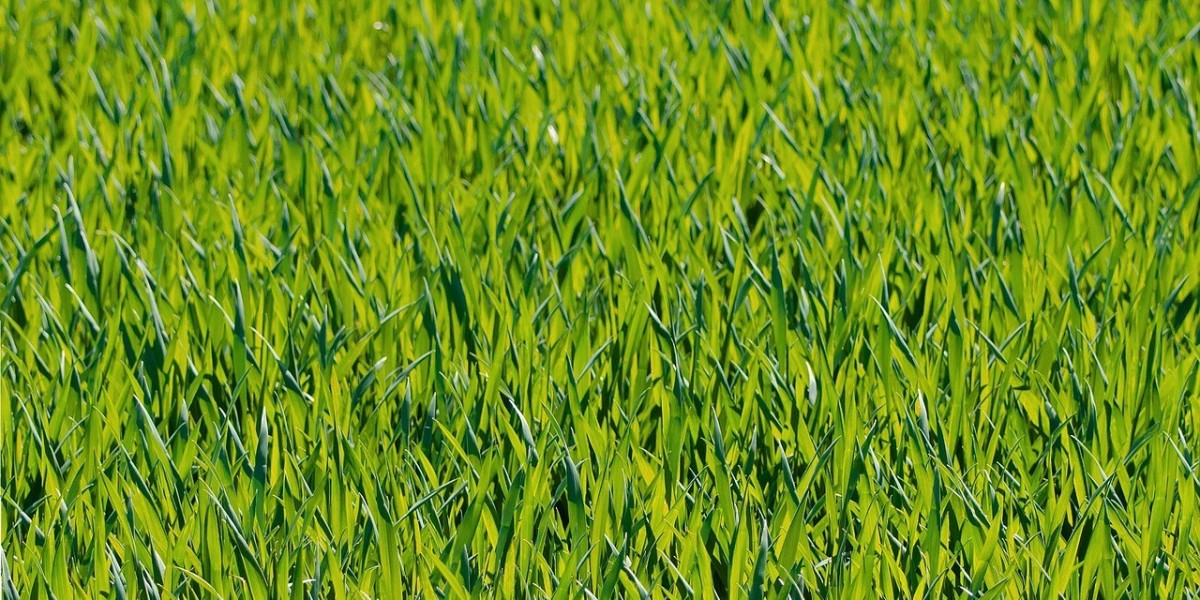The Dilemma of Choosing the Right Lawn
When it comes to creating the perfect garden in New Zealand, the choice between artificial turf and natural grass is a common dilemma. Like many homeowners, I initially leaned towards natural grass, thinking it was the only way to achieve that lush, green look. However, after weighing the pros and cons, I discovered that artificial turf offers several compelling advantages. In this article, I’ll compare artificial turf and natural grass, helping you decide which option is best for your garden.
Maintenance: The Battle of Time and Effort
One of the most significant differences between artificial turf and natural grass is the level of maintenance required. Natural grass demands regular mowing, watering, fertilising, and weeding to keep it looking its best. In New Zealand’s diverse climate, this can mean spending a considerable amount of time on lawn care, especially during the growing season.
On the other hand, artificial turf is virtually maintenance-free. After artificial grass installation, it requires minimal upkeep—just occasional brushing to keep the fibres upright and the removal of debris. For someone like me who prefers to spend weekends enjoying the garden rather than maintaining it, artificial turf offers a clear advantage. The time and effort saved on lawn care can be redirected to other gardening projects or simply relaxing in your outdoor space.
Water Usage: Sustainability in the Spotlight
Water conservation is an important consideration for any garden, particularly in regions of New Zealand where droughts are becoming more common. Natural grass requires regular watering to stay green and healthy, which can significantly increase your water usage, especially during dry spells.
Artificial turf, however, does not need watering, making it a more sustainable option for those looking to reduce their environmental impact. By choosing artificial grass, I’ve been able to lower my water consumption, which not only benefits the environment but also reduces my water bills. For homeowners who are conscious of their ecological footprint, artificial turf is a smart choice.
Aesthetics: The Look and Feel of Your Lawn
The visual appeal of your lawn is often a key factor in the decision-making process. Natural grass has a traditional, soft feel underfoot and offers a natural beauty that’s hard to replicate. However, achieving and maintaining that perfect look can be challenging, especially if your lawn is subject to heavy use or varying weather conditions.
Artificial turf has come a long way in recent years, with high-quality options like those from Eco Lawn offering a realistic look and feel that closely mimics natural grass. The consistent green appearance of artificial turf, regardless of the season, is one of its main selling points. In my experience, the aesthetics of artificial turf are more than enough to rival natural grass, with the added benefit of no brown patches or mud to contend with.
Durability: Withstanding New Zealand’s Climate
New Zealand’s weather can be unpredictable, with periods of heavy rain followed by dry spells. Natural grass can struggle under these conditions, leading to patchy or waterlogged lawns. Additionally, high foot traffic can quickly wear down natural grass, leaving your garden looking less than ideal.
Artificial turf, in contrast, is designed to withstand the elements. It’s UV-resistant, meaning it won’t fade under the strong New Zealand sun, and it’s built to handle heavy use without showing signs of wear. For me, the durability of artificial turf has been a game-changer, providing a resilient lawn that stays looking great no matter the weather or how much it’s used.
Cost: Upfront Investment vs. Long-Term Savings
Cost is always a consideration when making decisions about your garden. Natural grass is typically less expensive to install initially, especially if you’re laying sod or seeding the lawn yourself. However, the ongoing costs of lawn care—such as watering, fertilisers, and the time spent on maintenance—can add up over time.
Artificial turf, while more expensive to install, offers significant long-term savings. With minimal artificial grass maintenance required and no need for water, fertiliser, or lawnmowers, the cost savings over the years can be substantial. For me, the upfront investment in artificial turf was well worth it for the long-term benefits and reduced ongoing expenses.
Environmental Impact: Considering the Big Picture
When comparing artificial turf and natural grass, it’s important to consider the environmental impact of each option. Natural grass supports local ecosystems and provides a habitat for insects and other small creatures. However, the resources required to maintain it—such as water, fertilisers, and lawn equipment—can have a negative environmental impact.
Artificial turf, while less supportive of local ecosystems, offers sustainability benefits through water conservation and the reduction of chemical use. Eco Lawn, for example, offers eco-friendly turf options made from recycled materials, which further reduces the environmental footprint. Weighing these factors can help you make a decision that aligns with your values.
Conclusion: Making the Right Choice for Your Garden
The decision between artificial turf and natural grass ultimately comes down to your priorities and the specific needs of your garden. For those who value low maintenance, durability, and water conservation, artificial turf is an excellent choice that offers long-term benefits. On the other hand, if you prefer the traditional feel and environmental benefits of natural grass, it may still be the right option for you.
In my experience, switching to artificial turf has provided a beautiful, hassle-free lawn that enhances my garden year-round. Whichever option you choose, making an informed decision will ensure that your garden remains a space you can enjoy for years to come.


